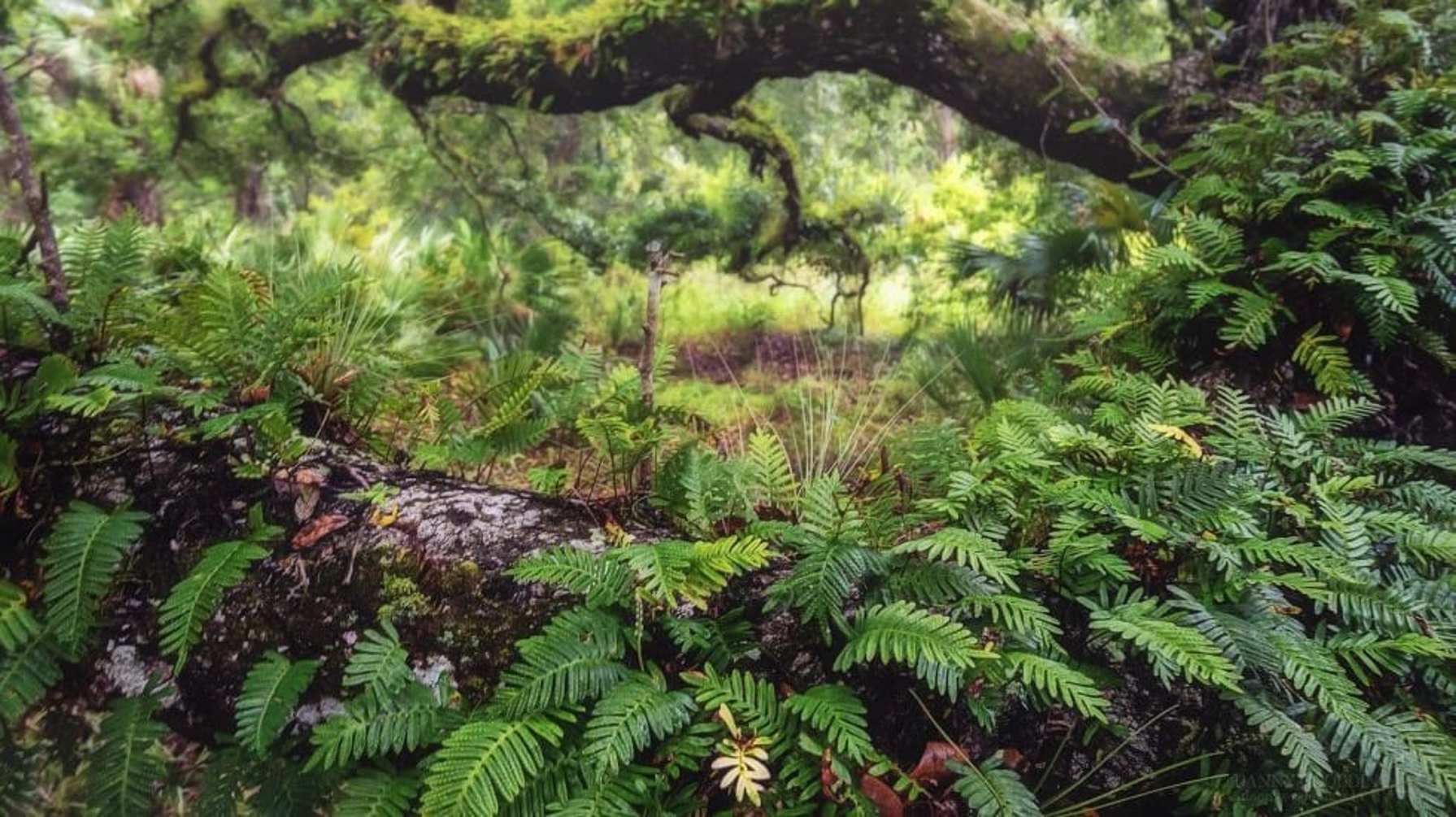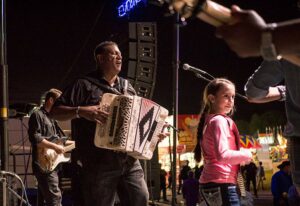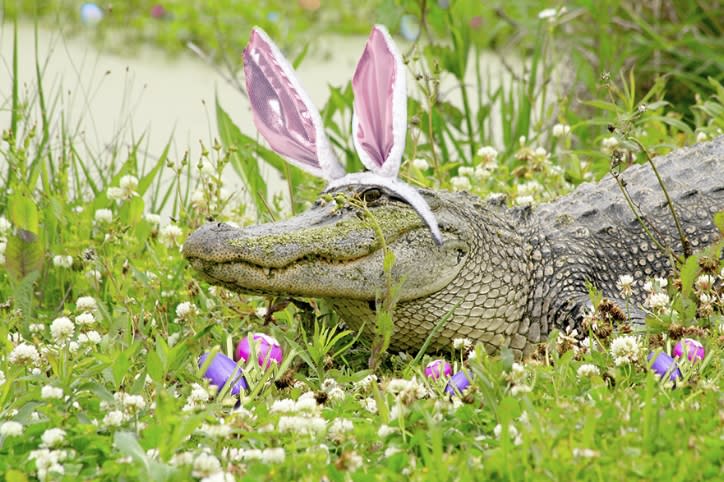April showers bring May flowers, that has always been the phrase. But one thing showers also bring is the resurrection ferns back to life that decorate the many live oak trees in Breaux Bridge, LA. A resurrection fern is hardly noticeable during dry weather, but after a good soaking, the fern comes back to life on the old oaks it lives on. When the resurrection ferns are green, combined with the long and low-sloping branches of an old live oak, the trees take on a near-mythical appearance.
The ferns are scientifically named Polypodium polypodioides and commonly grow on old live oak trees. They do not harm the trees and are an epiphyte. That means they are a type of plant that needs to grow on another plant to survive but are not parasitic in nature. The roots of the resurrection fern tuck into the nooks and crannies of the tree’s bark and collect rainwater and nutrients that way. Despite its appearance during dry weather, resurrection fern is in fact a misnomer. The ferns do not die, but instead, the fronds curl inward to reduce moisture loss by decreasing their surface area. The ferns are also uniquely tolerant to drought-like conditions, able to lose an astounding 97% of their moisture content without dying. Some researchers estimate resurrection ferns could live for up to 100 years without water without dying. In Breaux Bridge, LA the resurrection ferns never go more than a few weeks without a good soaking, however, and will respond quickly by opening up and turning green again.









+ There are no comments
Add yours